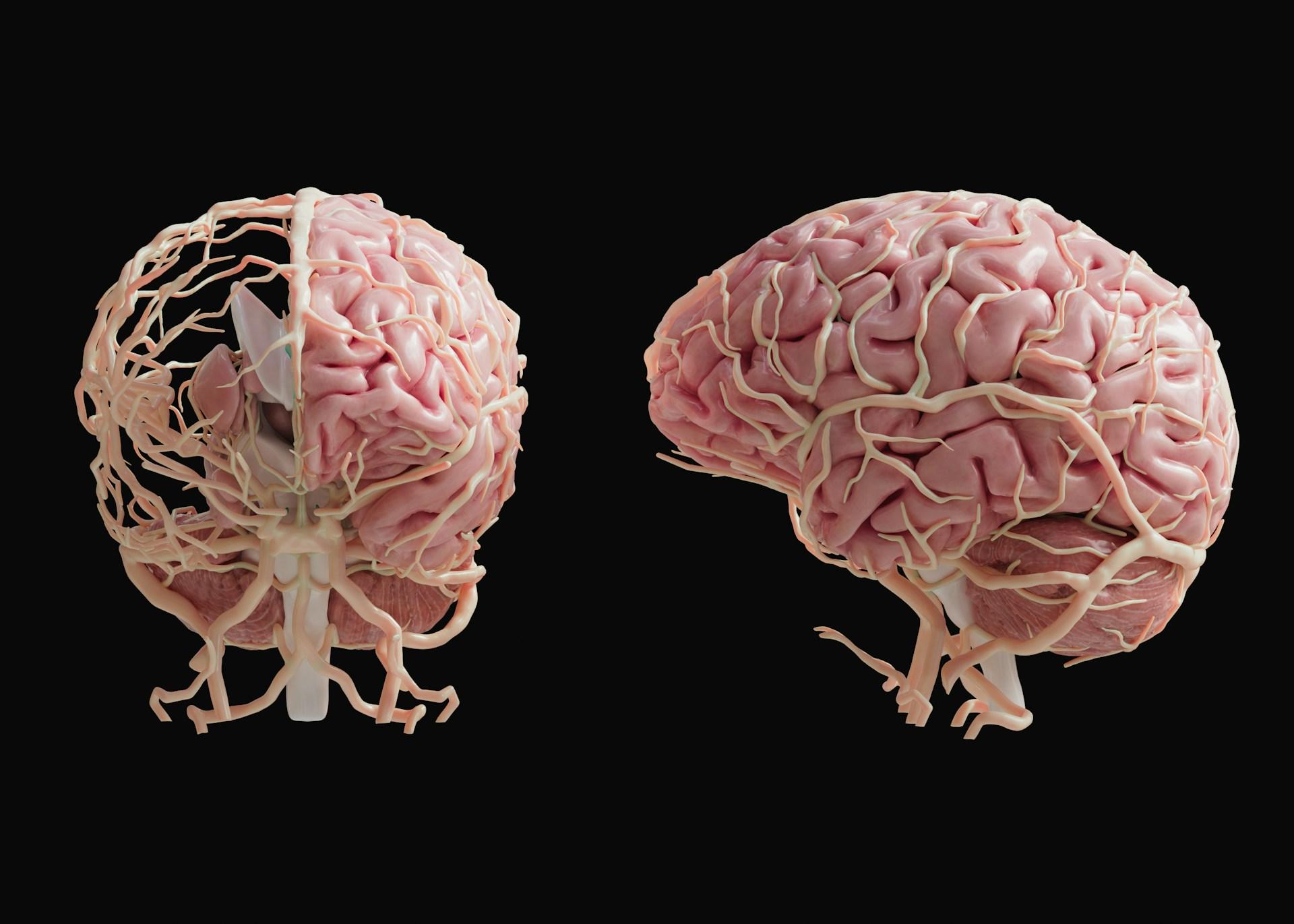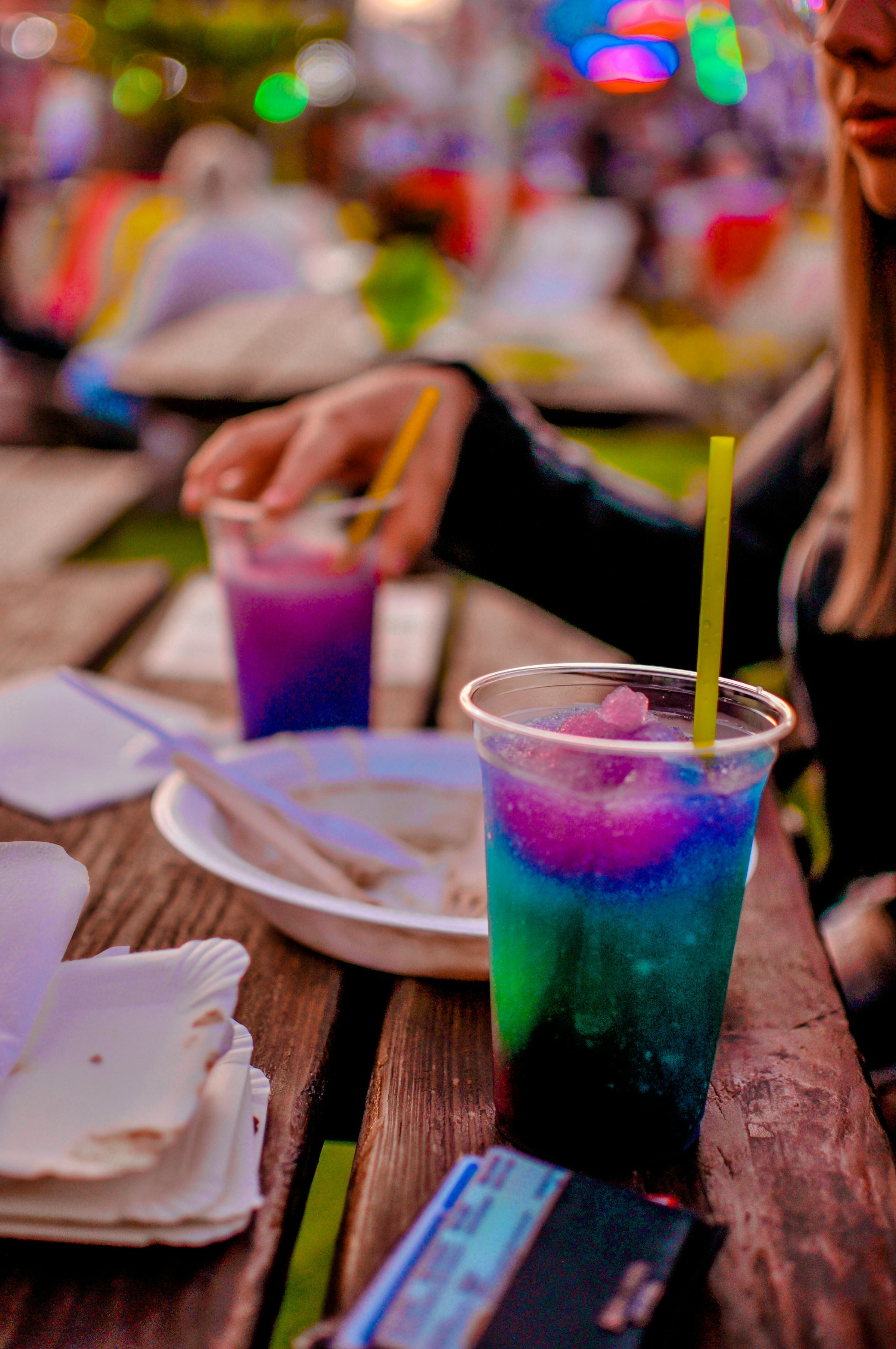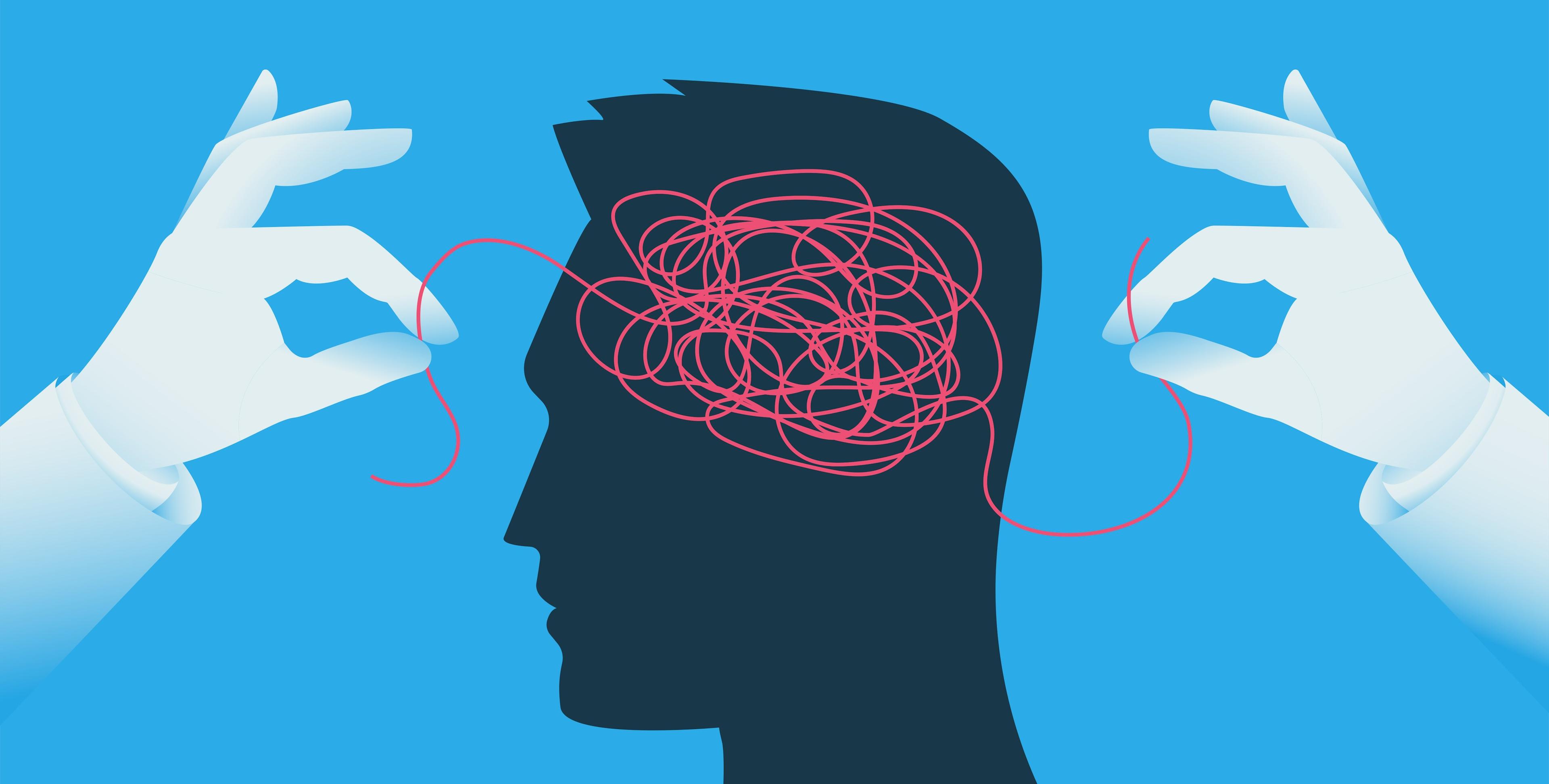Parents often reach for a slushie because it looks like summer in a cup. The bright color promises fun, the icy texture feels playful, and the cold seems perfect for heat that overstays its welcome. That cheerful presentation hides what a child’s body has to manage. A slushie is not hydration. It is a fast dose of sugar and acid, often with artificial colors and flavors, sometimes with caffeine tucked into cola or tea bases, and it is delivered in a form that goes down quickly. If you care about a child’s attention, sleep, oral health, and relationship with food, the case for avoiding slushies is clear once you look beneath the surface.
Sugar is the first and loudest problem. Many commercial slushies pack the equivalent of several teaspoons of sugar into a serving that looks modest. There is no fiber to slow absorption, which means the sugar moves into the bloodstream quickly. The result is a sharp rise in blood glucose followed by a predictable drop. Parents describe it as a mood swing. Teachers see it during the second half of a school day. At home you feel it on the ride back from a mall or a playground. This is not a failure of discipline or a sign that a child does not listen. It is physiology doing exactly what it was set up to do when a rapid sugar dose meets a small body.
The acidity of the drink is the next part of the story. Flavor concentrates and syrups tend to sit low on the pH scale. Children do not sip slushies the way they might sip a warm drink. They pull the liquid through a wide straw over and over across a longer window of time. That keeps acid in contact with tooth enamel while sugar feeds oral bacteria. The enamel softens under acid, and softened enamel is easier to wear away. Brushing immediately after an acidic drink can make things worse because the enamel has not had a chance to recover. A water rinse helps, but the better choice is to avoid the acidic barrage in the first place.
Artificial colors and flavors are not the main threat for most children, yet they are not neutral either. Even without an obvious reaction, highly flavored and highly colored drinks train the palate to expect intense stimulation. Whole fruit starts to taste flat next to neon ice. Over time a child comes to associate reward with stronger and sweeter signals. Food preference is responsive to training. If you want a child to reach for simple flavors and real textures, it helps to keep loud artificial inputs out of the daily routine.
Temperature plays a quiet but real role. Very cold liquids numb the mouth and dull satiety signals. That means a child can drink more before the brain catches up, and that means more total sugar in less time. Big straws and smooth ice crystals invite quick swallows that steepen the sugar spike. Steeper spikes lead to bigger crashes. Brain freeze is not dangerous, but it is a small shock that arrives with a product that already asks the body to work hard.
Portion norms also deserve attention. Slushies are sold in cups that look reasonable next to soft drinks. The syrup ratio can be heavy even when the cup is small. A refill culture makes matters worse by rewarding speed with more volume. Children learn that finishing the cup brings another round. The behavior is tied to pace and novelty rather than to thirst or nourishment. That is not the kind of habit loop you want in a growing child.
Sleep is a quiet casualty that shows up later in the day. Timing a slushie after school or after dinner feeds a sugar rush into the evening and destabilizes bedtime. If a flavor contains tea or cola, caffeine can slip in without a clear label. Sleep takes longer to arrive, and deep sleep comes in lighter. The next day is more difficult. Parents often correct by adding rules or cutting screen time. A simpler fix is to remove a stimulant that masquerades as a harmless treat.
The gut can complain too. A large, fiber free sugar load can pull water into the intestine. Some children will feel stomach aches or urgency after they finish a slushie. Very cold liquid can slow digestion for a short period and add to the discomfort. None of this builds a resilient system. It creates a pattern where fun is paired with symptoms a child does not yet have words to explain.
There is also the matter of hygiene. Ice machines and syrup nozzles require consistent cleaning. Standards vary from place to place. Parents who are careful about what enters the home kitchen have little control over what happens behind a counter. It is one more layer of risk that hides behind a bright color and a friendly price.
If the goal is a strong, steady child with stable energy and good sleep, the better question is not only why to avoid slushies. The better question is how to build routines that make the better choice easy and repeatable. Children follow cues. A home that treats thirst as a cue for water sets a powerful default. Keep cold water within reach. Put slices of citrus or berries into a bottle if a bridge is useful. If a child asks for something sweet and cold, blend whole fruit with ice, and add a little yogurt or milk if you want a creamier texture. Whole fruit brings fiber that changes the sugar curve. If the ritual of a frozen treat is part of family life, stock the freezer with cut fruit or make simple yogurt pops using fruit puree. Keep batches small so novelty remains but dose stays sane.
Location and timing help habits stick. Offer the better option at the same moment and place that used to trigger a slushie. If the mall food court is the hot zone, walk in with a chilled bottle and a plan to stop for a smoothie based on whole fruit rather than syrup. If sports practice is the trigger, pack water and a banana. Coaches are often willing to align with parents when the reason is explained in simple, performance minded language.
Communication matters. Turning slushies into forbidden food tends to sharpen desire. Present them as a sometimes food for special days rather than a refillable drink. Explain the effect in kid language. Fast sugar makes your engine rev and then sputter. Water keeps your engine clean and steady. Fruit is sugar that carries strength because fiber travels with it. Keep the story short and repeat it calmly. Children adopt the scripts they hear most often and they follow the rules that show up without drama.
Caregivers and grandparents can be enlisted without a fight when you offer a menu that still feels like a treat. Frozen mango is candy to many children. Homemade lemonade with modest sugar and plenty of ice scratches the itch for a cold, bright drink while keeping the syrup load in check. A small scoop of sorbet after dinner is easier on the body than a large, late slushie that drifts toward bedtime. The goal is not perfection. The goal is a steady default that survives a busy week.
Budget can support better choices as well. Slushies look cheap until they become a weekly habit. The same money can buy an insulated bottle that makes water feel special and cold. A simple blender opens doors to fruit blends and yogurt pops. A supply of frozen fruit reduces friction at the exact moments when families tend to choose convenience over intention. When good options are present and fast, less helpful options lose much of their pull.
If you decide that slushies will still appear in your child’s life on rare occasions, a few guardrails reduce the damage. Keep portions small and the pace slow. Pair the drink with food that contains protein and fiber to blunt the sugar curve. Follow with a water rinse to protect enamel. Keep the treat in the earlier part of the day. Treat it as dessert, not hydration, and return to your baseline the next day without lectures or guilt.
In the end, the question of why kids should avoid drinking slushies is really a question about the systems that shape daily life. Sugar spikes create mood crashes. Acidity weakens enamel. Loud colors and flavors train the palate away from real food. Hidden caffeine steals sleep. Portion habits reward speed rather than hunger. The fix is not a speech. The fix is design. Make better inputs easy. Attach them to the same moments that used to cue a slushie run. Repeat the pattern until the cue changes and the child’s body learns what steady feels like. Children thrive when energy is even, sleep is deep, and flavors are simple enough to let real food shine. A home that defaults to water and whole fruit is a quiet investment in that future.










.jpg&w=3840&q=75)



